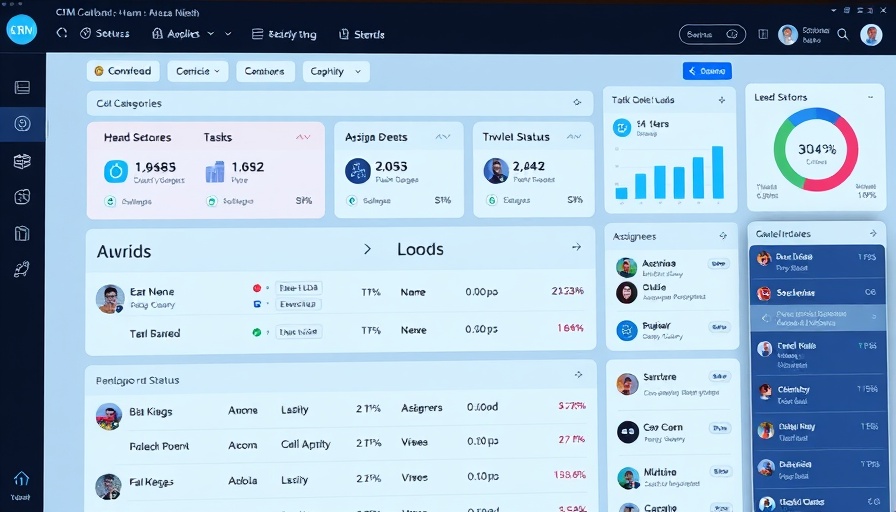
Discover the Best Database Design Tools for Growing Businesses
In the rapidly changing landscape of business technology, effective database management is critical for businesses aiming to scale efficiently. For business owners generating between $2 million and $10 million in annual revenue, efficient database design tools can make all the difference in streamlining operations, enhancing workflows, and improving collaboration. As we approach 2025, here are the top database design tools that can visualize and build data models, ultimately facilitating robust project management and operational efficiency.
Why Database Design Matters for Operational Success
A well-structured database design is essential for maintaining an organized and efficient data environment. Businesses can benefit significantly from using the right tools to align their data storage processes with their strategic goals. With the rise of complex data needs, effective database design tools empower teams to collaborate better, enhance decision-making, and fuel product development by providing accessible insights into operational performance.
The Top Database Design Tools in 2025
Here’s a roundup of the best options slated to take center stage in 2025 for entrepreneurs focused on building scalable systems:
- Lucidchart - An intuitive diagramming tool perfect for database visualization and real-time collaboration among teams.
- MySQL Workbench - A robust tool ideal for developing and managing databases, combining SQL development and administration.
- dbForge Studio - This tool offers powerful database management capabilities along with visual schema design features.
- MongoDB Compass - Great for NoSQL databases, it provides flexibility and strong data management functions.
- ER/Studio - An enterprise-focused solution for data architecture, offering comprehensive tools for developers.
This list represents a blend of versatile tools catering to various database needs. Each platform not only serves as a design aid but also integrates smoothly with core business processes, enhancing workflows and managing operational chaos.
Tips for Selecting the Right Database Design Tool
As you evaluate these tools, consider the following factors:
- Integration: Ensure that the tool can seamlessly integrate with your existing software tools and systems.
- User Experience: Choose a platform with an intuitive interface to minimize the learning curve for your team.
- Scalability: Look for tools that can grow with your business needs and data volume.
By focusing on these elements, business owners can enhance their team's productivity while streamlining project management and decision-making processes.
The Future of Database Design: Trends to Watch
As we immerse ourselves in the era of AI and data analytics, the future of database design will likely embrace machine learning capabilities and intelligent data modeling. Anticipating these trends can better position your business to take advantage of evolving data landscapes.
Investing in the right tools today can pay dividends as your business continues to scale. Look towards a future where database design tools not only meet current needs but also adapt to innovate and improve workflows for teams across all sectors.
For entrepreneurs looking to enhance their operational infrastructure, now is the time to evaluate and implement the tools that suit your evolving business landscape. Embrace these strategies, nurture your data practices, and experience significant operational growth in the next few years!
 Add Row
Add Row  Add
Add 



Write A Comment